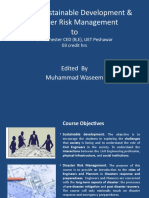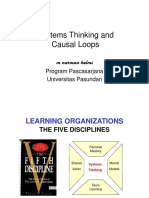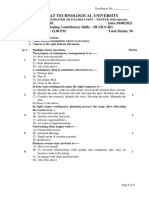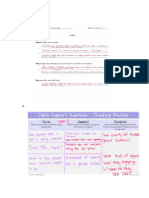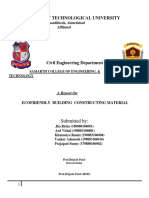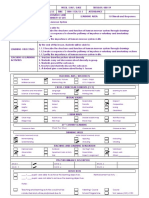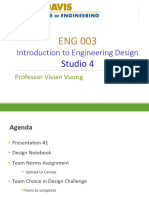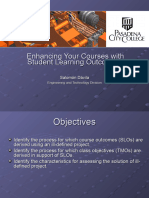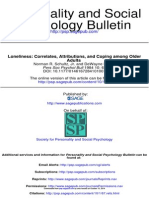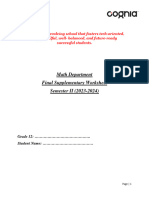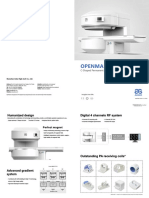0% found this document useful (0 votes)
51 views6 pagesGESTS01X: Science, Technology and Society Activity Worksheet: "Systems Thinking Tools"
Uploaded by
Merryll MeridorCopyright
© © All Rights Reserved
We take content rights seriously. If you suspect this is your content, claim it here.
Available Formats
Download as PDF, TXT or read online on Scribd
0% found this document useful (0 votes)
51 views6 pagesGESTS01X: Science, Technology and Society Activity Worksheet: "Systems Thinking Tools"
Uploaded by
Merryll MeridorCopyright
© © All Rights Reserved
We take content rights seriously. If you suspect this is your content, claim it here.
Available Formats
Download as PDF, TXT or read online on Scribd
/ 6



